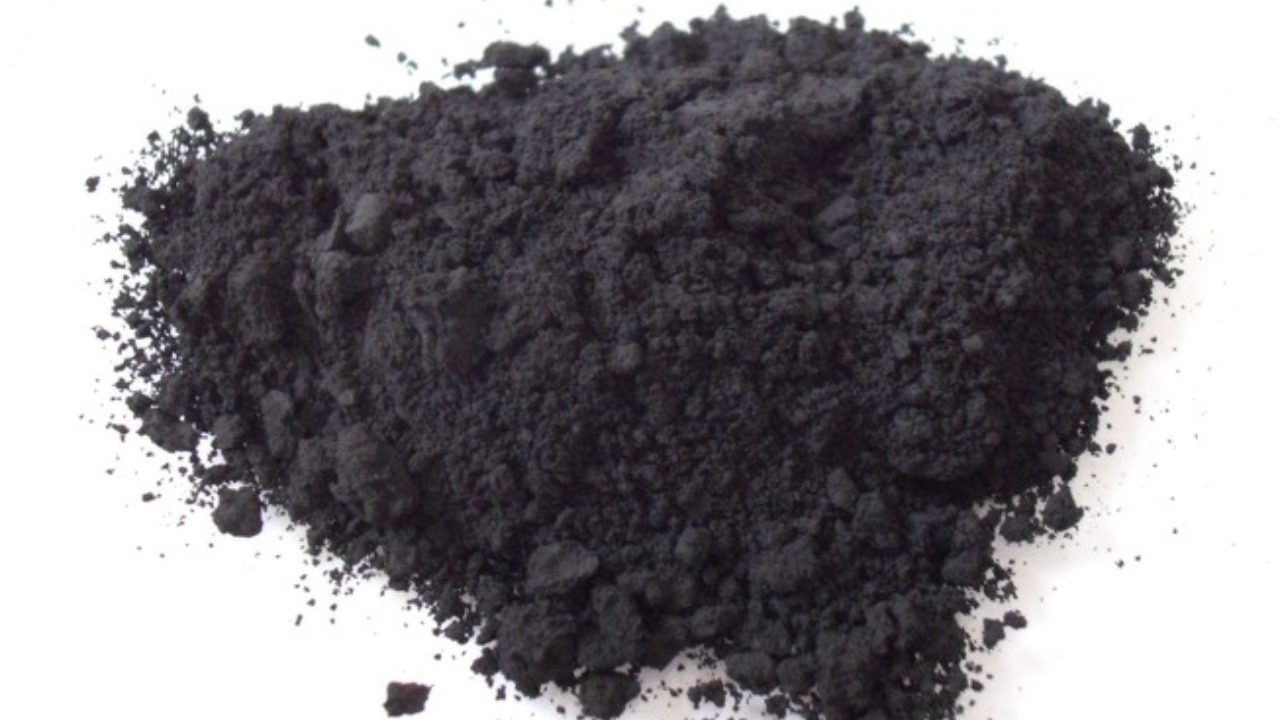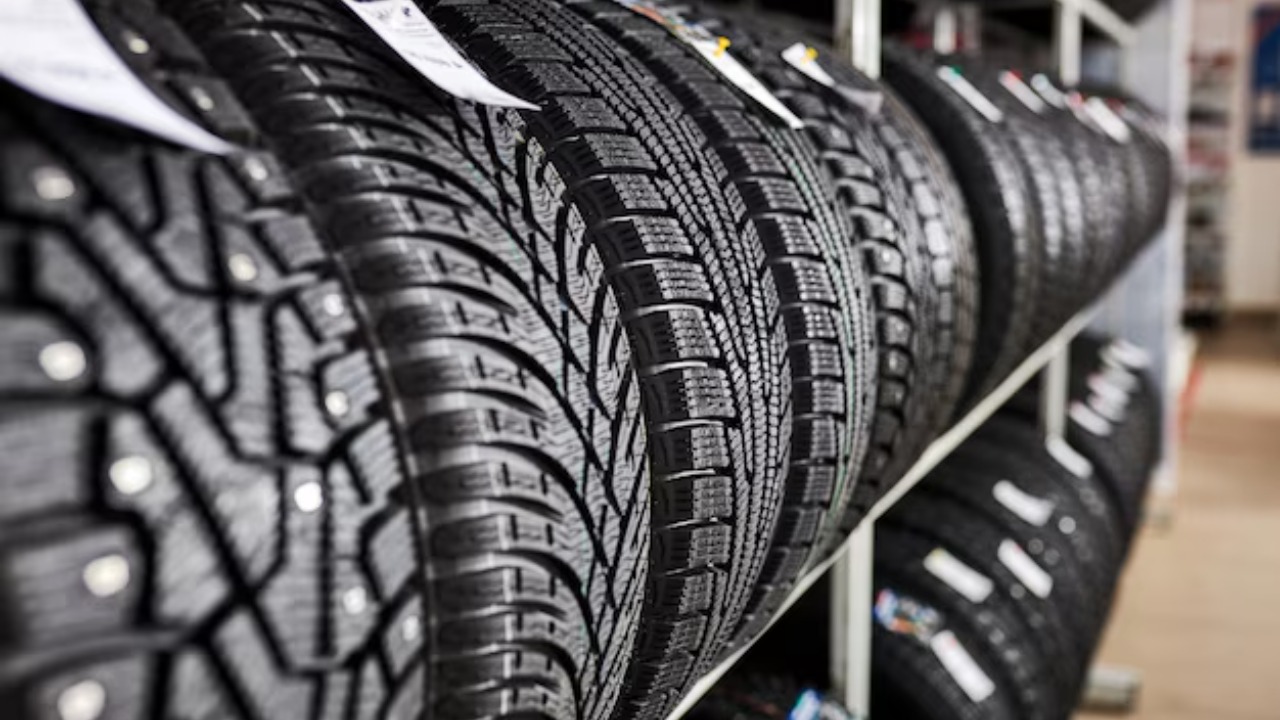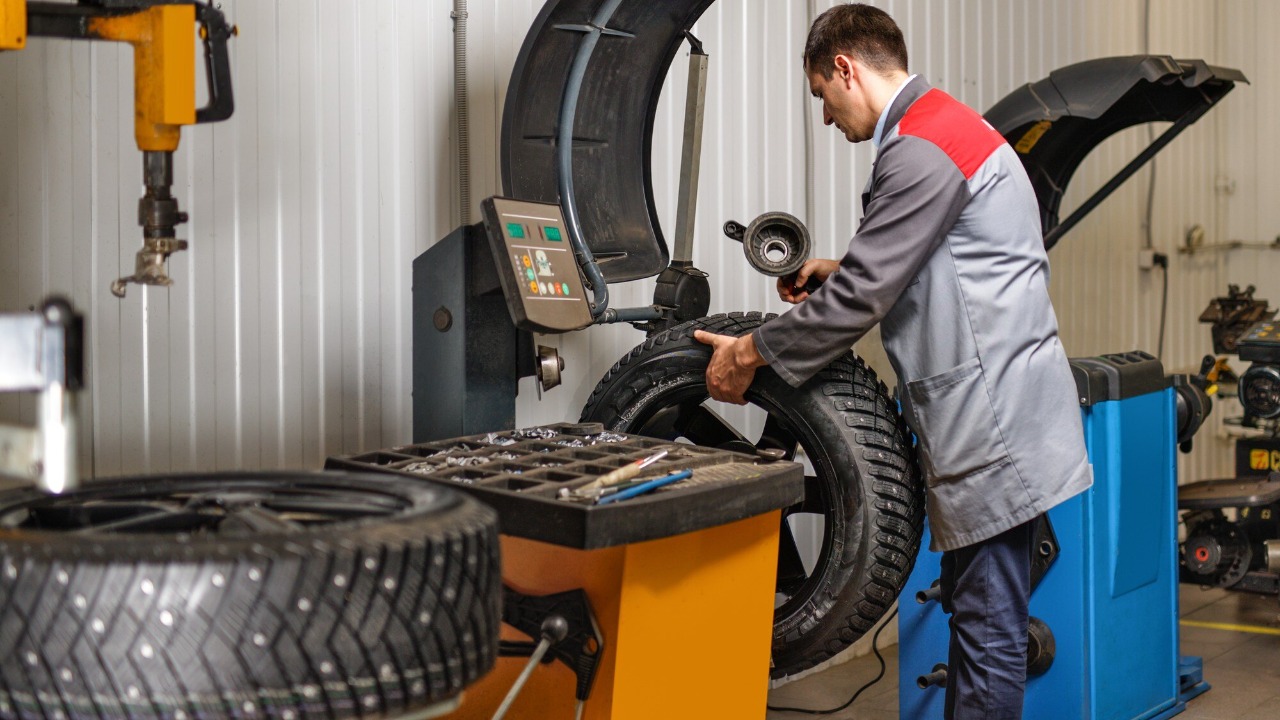
Rubber, in its natural form, is a white, milky substance. However, most of us are more familiar with black car tires. The transformation from white to black involves a fascinating journey through the history, science, and technology that shape tire production today.
The Natural State of Rubber

Natural rubber originates from the latex found in certain trees, primarily the Hevea brasiliensis, commonly known as the rubber tree. This latex is harvested through a process called tapping, where the bark is carefully scored to collect the milky fluid without harming the tree. The latex is then coagulated and processed into sheets or blocks, which retain a pale, off-white color.
The physical properties of natural rubber are quite remarkable. It is highly elastic, resistant to water, and offers excellent flexibility. However, in its raw form, natural rubber has notable limitations. It lacks the durability and robustness required for many industrial applications, including tire manufacturing. Raw rubber can deteriorate quickly when exposed to environmental factors like heat, sunlight, and oxygen, making it unsuitable for direct use in producing car tires.
The Role of Carbon Black in Tire Manufacturing

Carbon black is a critical component in modern tire manufacturing. It is a fine black powder produced by the incomplete combustion of heavy petroleum products. Its introduction into the tire-making process significantly enhances the material properties of rubber. Carbon black increases the durability and longevity of tires, making them capable of withstanding the harsh conditions of the road.
The addition of carbon black improves tire performance in various ways. It enhances heat resistance, preventing the tires from overheating during long drives or in high-temperature conditions. Moreover, it increases traction, providing better grip on the road surface. This not only ensures a safer driving experience but also contributes to the overall efficiency of vehicles. For more on how carbon black affects tire performance, check out this comprehensive study.
Historical Development of Tire Technology

The evolution of tire manufacturing is a testament to human ingenuity and technological advancement. In the early days, tires were made from solid rubber, which was heavy and offered minimal comfort. The introduction of pneumatic tires, filled with air, marked a significant shift. However, it was the incorporation of carbon black in the early 20th century that revolutionized the industry. This change not only improved the durability and performance of tires but also standardized their black color.
Over the decades, tire technology has continued to evolve. Innovations such as radial tires, which offer better fuel efficiency and handling, have become standard. Advances in material science have led to the development of synthetic rubbers and new compounds that further enhance tire performance. To learn more about the history and development of tire technology, you can read this detailed account.
Environmental and Health Considerations

The use of carbon black in tire production does raise environmental concerns. The production process is energy-intensive and contributes to carbon emissions. Moreover, discarded tires can pose significant waste management challenges. As a result, researchers are exploring alternative materials that could make tire manufacturing more sustainable. One promising avenue is the use of eggshell waste, which has shown potential in creating healthier, more environmentally friendly tires, as discussed in this insightful article.
Health concerns are also associated with tire production, primarily due to the chemicals involved. Efforts are underway to mitigate these risks by developing less toxic compounds and improving manufacturing processes. Ensuring the well-being of workers and minimizing environmental impact remain top priorities for the industry.
Future Innovations in Tire Manufacturing

The future of tire manufacturing is poised for exciting developments. Emerging technologies and materials are set to redefine the industry. Researchers are exploring the use of recycled materials to supplement or replace carbon black, which could significantly reduce the environmental footprint of tire production. For instance, natural rubber combined with recycled materials offers promising potential, as outlined in this study.
Innovation continues to drive enhancements in tire performance, focusing on improving safety, efficiency, and sustainability. As new materials and technologies are developed, the tire industry is set to offer products that meet the demands of modern consumers while addressing environmental concerns. For a glimpse into the future of tire technology, consider the implications of these advancements.
In conclusion, the reason car tires are black lies in the practical benefits offered by carbon black, which significantly enhances the performance and durability of tires. While the natural color of rubber is white, the transformation to black is a result of innovations that balance performance, safety, and sustainability. As the industry moves forward, the potential for new materials and technologies promises to reshape the landscape of tire manufacturing, benefiting both consumers and the environment.